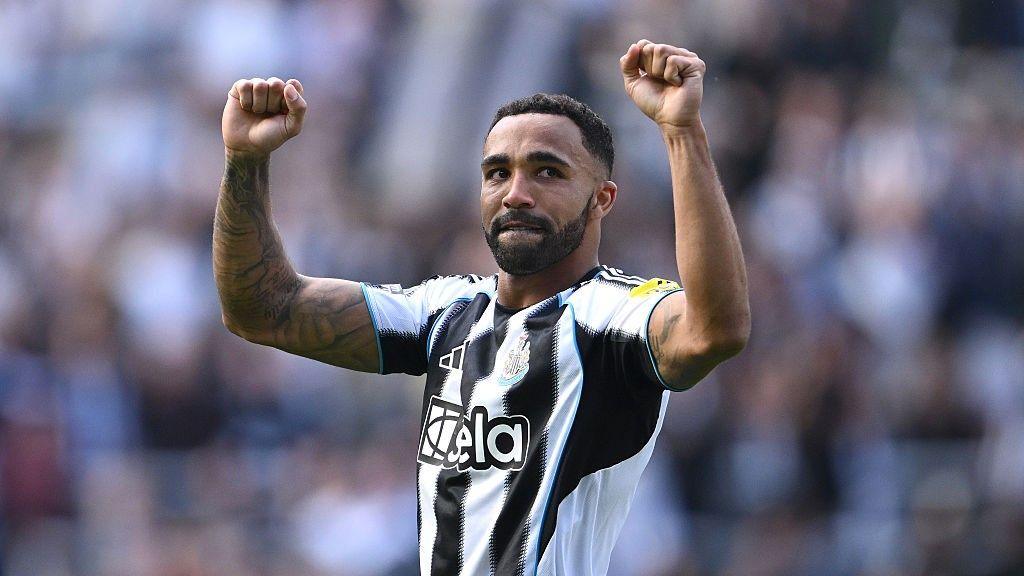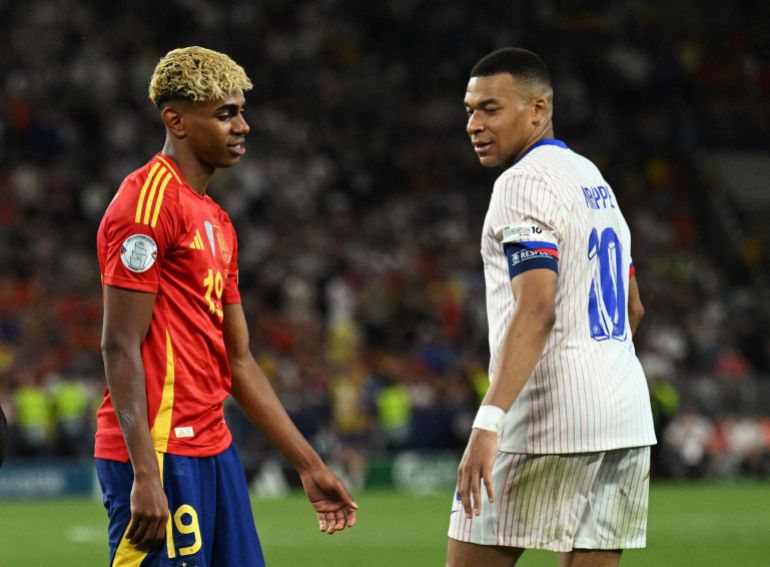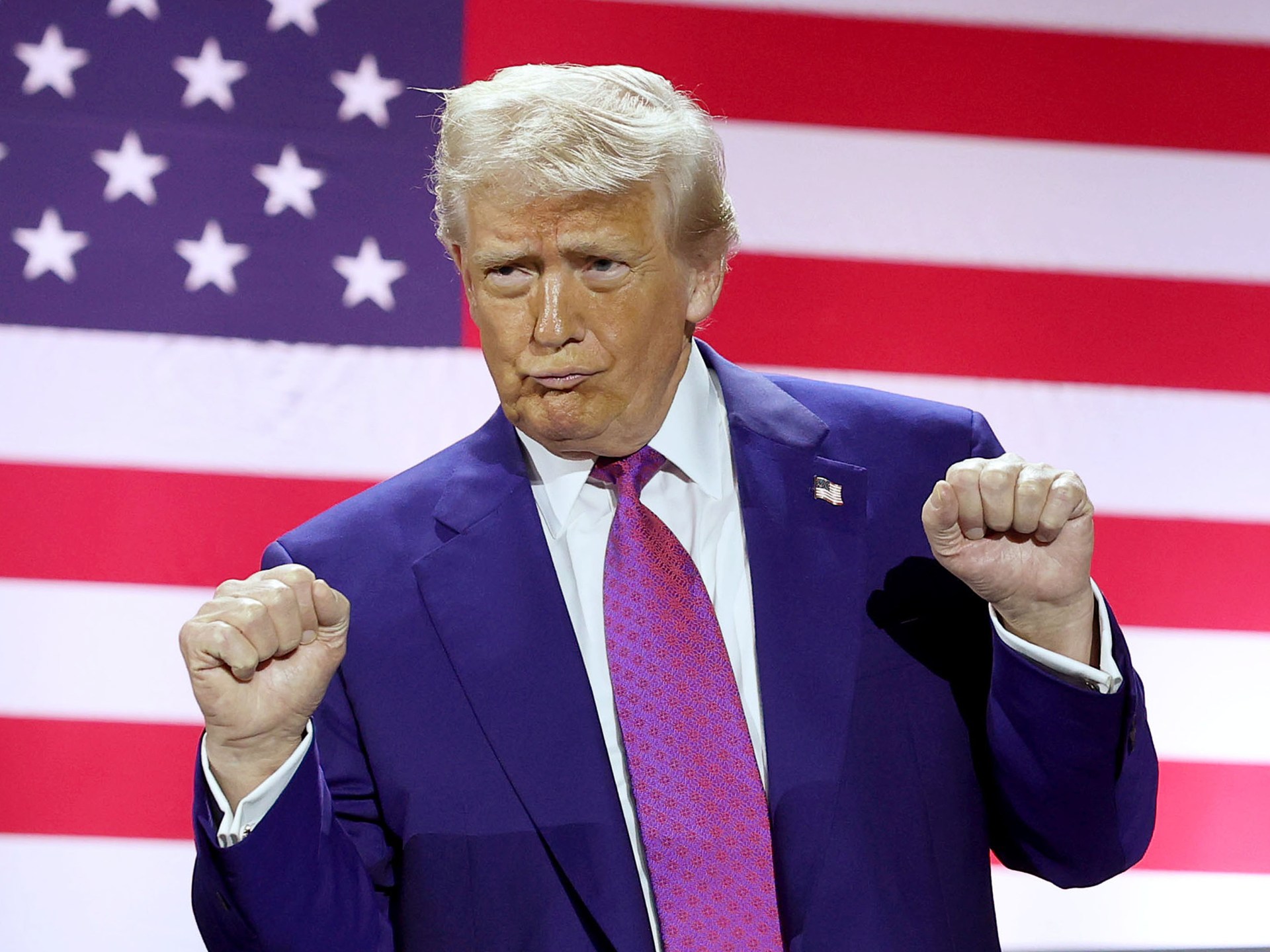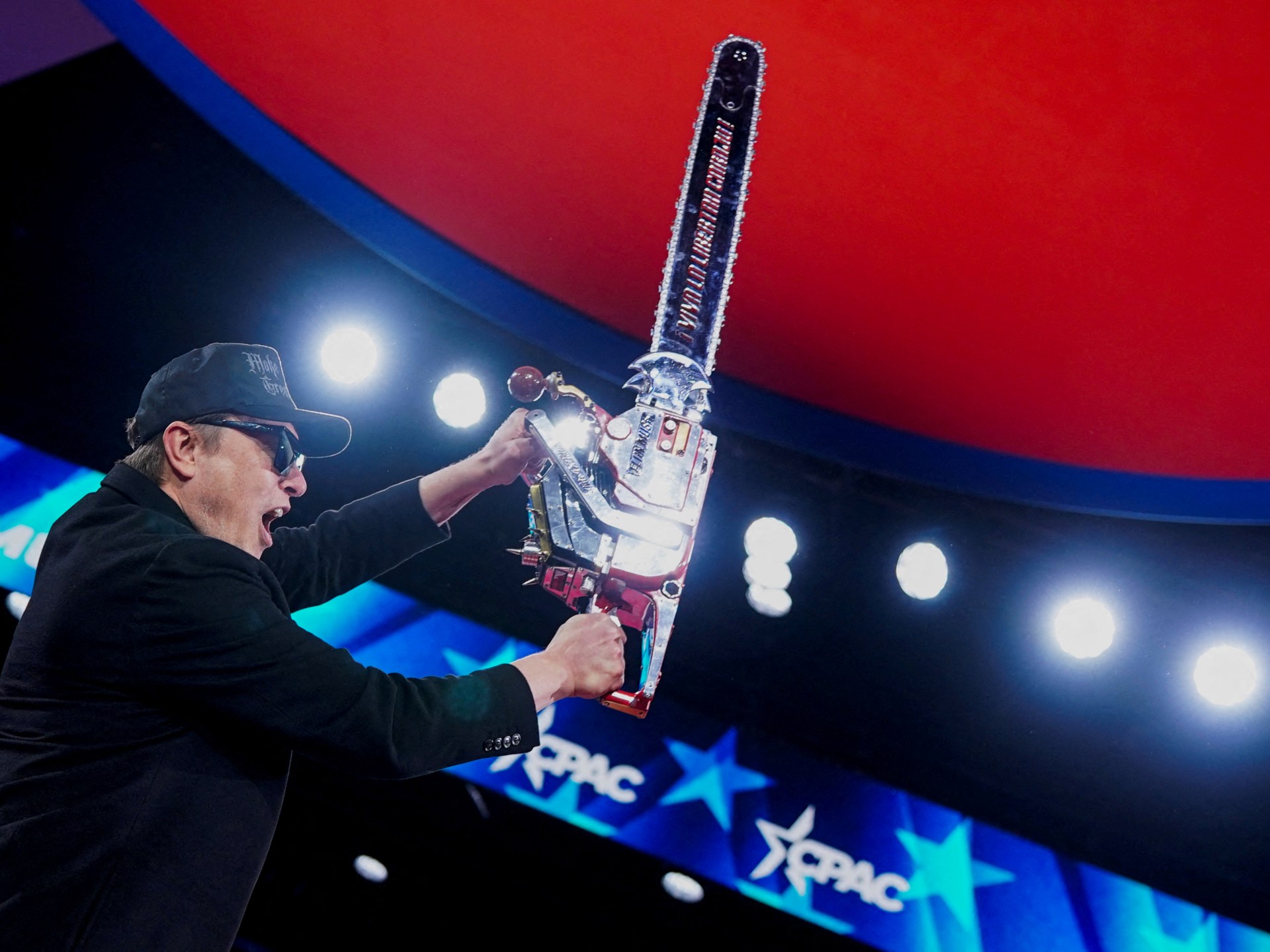President Donald Trump and adviser Elon Musk celebrated their efforts to slash federal spending before Musk stepped away from his White House work. Musk wore a black DOGE hat over a bruised right eye that he blamed on his young son’s punch. That was May 30 in the Oval Office. Days later, the two billionaires were punching at each other on the social media platforms they own.
Their fight began over federal tax and spending legislation, with Musk calling a Trump-backed bill “a disgusting abomination” and Trump saying he was “very disappointed” with Musk. Soon, Musk claimed credit for Trump and Republicans winning in 2024, and Trump threatened to cut off Musk’s companies’ federal contracts.
The public display of animosity called into question the fate of months of Department of Government Efficiency (DOGE) work.
Under Musk’s oversight and with Trump’s approval, DOGE axed billions of dollars in grants for state health departments and scientific research. It gutted the Consumer Financial Protection Bureau, the agency created in the wake of the 2008 financial crisis to protect consumers. It all but shuttered the US Agency for International Development (USAID), the decades-old department that provides food and healthcare to people in other countries.
Still, as Musk ended his work with DOGE, it was clear that the group’s cost-cutting achievements fell short of Musk’s goals. A week before Trump won his second term, Musk said he expected to cut “at least $2 trillion”, without identifying a timeframe for doing it. He later lowered that to $1 trillion.
But both figures were wildly unrealistic. Even if Musk could have eliminated every dollar of non-defence discretionary spending – everything from air traffic control, medical research, federal prosecutors and prisons to border control, US embassies and national parks – he wouldn’t have reached his $1 trillion goal.
As of early June, DOGE’s online “wall of receipts” accounting of federal dollars cut said that the government had cut $180 billion. But analyses by PolitiFact, The Wall Street Journal, The New York Times and the conservative American Enterprise Institute showed that the tallies Musk provided were flawed. And total 2025 federal spending under Trump has continued to grow.
Nat Malkus, an education policy specialist at the conservative American Enterprise Institute, said DOGE’s cuts showed an “appetite for recklessness”, and its error and exaggeration-filled wall of receipts provided “ample grounds for scepticism” about its accuracy. “Beyond that, the receipts only cover a fraction of their actions, making their accomplishments and savings impossible to verify,” Malkus said.
Savings amount unclear
DOGE’s “wall of receipts” reported that the $180bn savings represented a combination of actions, including lease and grant cancellations, “fraud and improper payment deletion” and eliminating employees.
During their May 30 news conference, Musk predicted savings would rise to $1 trillion, but their public dispute made DOGE’s future more uncertain. A few top lieutenants had already departed; dozens of DOGE employees remained.
DOGE says its wall of receipts is incomplete: “We are working to upload all of our receipts in a digestible and transparent manner consistent with applicable rules and regulations,” the website says, calling its list “a subset of contract, grant, and lease cancellations, representing ~30 percent of total savings.”
And it has errors. For example, DOGE said it would save $740,457 by ending a lease that housed records for the Barack Obama Presidential Library. But the federal government had already planned to end that lease in 2025. The property’s leasing company told PolitiFact on May 30 that the government is still using the property and paying rent. If the government leaves before September, it will have to continue paying under the lease’s terms, unless another tenant is secured.
Some of DOGE’s contract and grant cancellations are being litigated, and the government may ultimately be required to fulfil them.
“Even for grants and contracts that DOGE cut, the claimed savings may never be realised,” Joshua Sewell, a federal budget expert at Taxpayers for Common Sense, said.
The $180bn figure was aspirational and projected, PolitiFact found.
“Itemised, verifiable cuts – those with receipts – are roughly half that amount,” said Dominik Lett, a budget policy analyst at the libertarian Cato Institute. “Of those itemised cuts, there are numerous clerical errors and inflated savings values.”
Government officials did not respond to our questions about how many federal employees were cut. The New York Times reported that as of May 12, the government reduced its workforce by roughly 135,000, including cuts and buyouts. That amounts to a tiny portion of the 2.4 million federal workforce, with similarly modest savings in salaries. The Reuters news agency, counting early retirements in addition to buyouts and firings, said the tally was 260,000.
When 75,000 employees who took buyouts come off the books in October, that will save about $10bn a year, or 0.1 percent of federal spending, Jessica Riedl, an expert on the federal budget at the conservative Manhattan Institute, wrote in an essay for The Atlantic. (Trump quoted the 75,000 figure during his May 30 news conference.) But the government could end up hiring contractors to perform some of that work, further shrinking those savings.
Not every agency or department faced widespread cuts. The Justice Department’s staffing was reduced by about 1 percent, The New York Times found. But nearly all employees were cut at USAID and AmeriCorps. Nearly half of the Education Department’s staff were cut.
Federal government spending continues to rise. In April 2025, total spending was $594bn, $27bn more than in April 2024, according to the Congressional Budget Office. That’s a 5 percent increase. The largest spending decrease – $17bn – came in the Department of Education, which Trump promised to eliminate. But Social Security, Medicare and Medicaid outlays rose, as did some department spending, including in agriculture and defence.
Some of DOGE’s line items show savings of zero dollars, which a White House spokesperson said means that the money has been spent but won’t be renewed, such as for news subscriptions or training. It also showed some negative values for grants; a State Department spokesperson said they were caused by an input error that had since been corrected, although it was still on the site as of about noon ET (16:00 GMT) on June 5.
It’s unclear whether DOGE’s spending cuts will be permanent because federal law requires the executive branch to send proposed cuts, known as “rescissions”, to Congress for approval. The White House on June 3 sent a $9.4bn package of rescission cuts to Congress that includes cutting foreign aid.
“DOGE can kill projects, but the spending doesn’t become savings until Congress votes to ‘unspend’ the money,” Malkus said.
DOGE also increased some government costs, such as those incurred when defending against lawsuits.
DOGE abruptly cut programmes but failed to find mass fraud
DOGE left no state untouched, according to an analysis by the liberal Center for American Progress. It terminated leases and grants to health departments, universities and volunteer programmes across the country.
DOGE listed terminations of hundreds of millions of dollars in state health department grants, which represented some of the group’s biggest “savings”. These cuts targeted health departments in states including Florida, Georgia, Illinois, Indiana, Michigan, Missouri, New Jersey, Ohio, Pennsylvania and Texas.
The administration said the cuts mostly affected money used for the COVID-19 pandemic response.
Twenty-three states challenged the cuts in a lawsuit that argued the move caused states “tremendous chaos” including “immediate harm to public health initiatives and the termination of large numbers of state and local public health employees and contractors”. In mid-May, a federal judge issued a preliminary injunction requiring the federal government to release the frozen funding.
“These funds support state and local health departments in combatting infectious diseases, as well as offering mental health services and funding addiction treatment programmes,” said Lynn Sutfin, a state Department of Health and Human Services spokesperson in Michigan, one of the state plaintiffs.
Other cuts included nearly $400m in AmeriCorps grants, resulting in the terminations of more than 32,000 AmeriCorps members and volunteers, and the historic gutting of USAID, the nation’s federal international humanitarian and development arm.
One local AmeriCorps programme, Serve Louisiana, filed a lawsuit to stop cuts to its $700,000 grant that aimed to place 37 workers with Louisiana nonprofits, including a food bank, a library and Boys and Girls Clubs, through August. As of June 2, the lawsuit was ongoing.
“Our nonprofit partners are now scrambling to adapt without the help they counted on,” Serve Louisiana Executive Director Lisa Moore said.
USAID programmes aimed to reduce hunger and disease and promote democracy globally. In fiscal year 2024, USAID made up 0.3 percent of the federal budget. Weeks after Trump’s inauguration, DOGE froze nearly all of USAID’s spending and terminated nearly all employees.
Musk boasted on February 3 that DOGE had fed “USAID into the wood chipper”, and two weeks later he wielded a chainsaw at a conservative political event to symbolise what he said was his attack on federal bureaucracy.
USAID’s dismantling had sprawling global effects.
In Ukraine – the largest recipient of USAID funds since Russia’s 2022 invasion – regional media outlets lost funding and medical charities shuttered programmes that screened for and treated tuberculosis and HIV, NPR reported.
US diplomats in Malawi said US funding cuts to the United Nations World Food Programme increased criminal activity, sexual violence and human trafficking in a large refugee camp, ProPublica reported. American embassy officials in Kenya said funding cuts to refugee camp food programmes led to violent demonstrations, ProPublica said.
People also died because of the chaotic aid disruptions, according to Al Jazeera, NPR, The Associated Press, and other news organisations.
The consequences are still unspooling.
The Africa Centres for Disease Control and Prevention estimated that up to four million people in Africa might die from treatable diseases without USAID funding. Former USAID officials told Reuters that, because of the cuts, food rations worth $98m that could supply 3.5 million people for a month are decaying in warehouses and some are likely to be destroyed. The World Health Organization cautioned in March that USAID cuts could trigger a global increase in tuberculosis cases and deaths.
Musk and Trump said that DOGE would ferret out fraud, too. Government reports predating Trump’s current term show fraud is a real problem, but so far DOGE has not proven that it has recently uncovered mass fraud.







